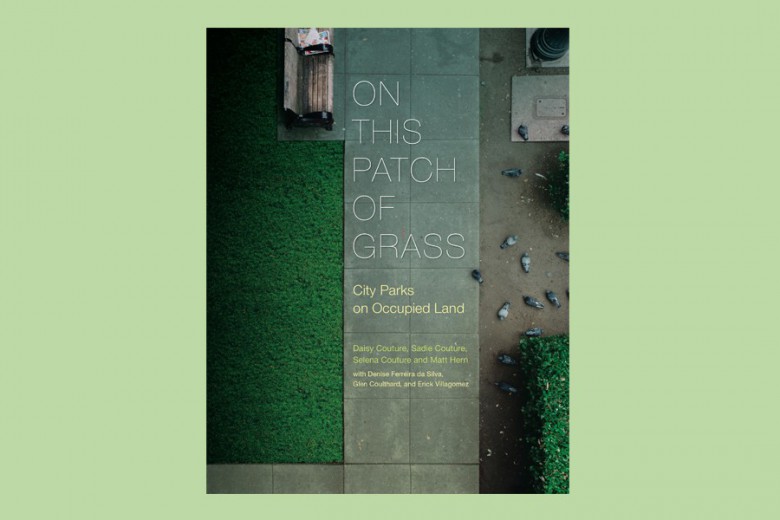
About 30 years ago, the art historian T.J. Clark described a predicament at the core of modern art’s relation to modern society.
In a 1982 essay entitled “Clement Greenberg’s Theory of Art,” Clark argues that modern art developed as “bourgeois art in the absence of a bourgeoisie or, more accurately, as aristocratic art in the age when the bourgeoisie abandons its claims to aristocracy.” What he meant is not that the bourgeoisie at some point ceased to buy art or to advance its pretensions to cultural superiority by means of this consumption. Rather, art became a repository for “aristocratic” values or simply non-capitalist experiences that the capitalist class itself had to eliminate in order to preserve its dominance. A win-win scenario, if properly handled. The bourgeoisie got to keep its artistic luxury goods even while denying their “promise of happiness” to the exploited masses. But beginning around the end of the 19th century, some curious things began to happen.
As capitalist culture chased modern art back into ever-shrinking pockets of relative freedom, capitalist societies were flooded with what Greenberg names “kitsch” – mass-produced imitation of genuine high culture. (Think of the “Painter of Light” Thomas Kinkade and you’ll know what he means.) Modern art then hoped to preserve certain values – among them the free play of aesthetic experience and a non-exploitative relationship between humans and the world – from their destruction virtually everywhere else in society. As a result, Clark argues, serious art increasingly became defined by what it was not: or, in more philosophical terms, by negation, whether of capitalist culture or of art’s own obsolete traditions, as when the Dadaists overturned nearly every concept of what an artwork could possibly be. In its steadfast negations, modern art resisted the disastrous march of history. The danger is that the returns may be diminishing.
Clark holds on to the faint promise of art’s negativity. What to do now, though, a crisis or two later, when art doesn’t seem much closer to escaping the death grip of the one per cent? Rethink the stakes of the problem, maybe. Adopt a bit of modesty on one hand and audacity on the other. Let’s say that art is a problem in capitalism but not necessarily a problem for capitalism. Meaning that we have to be the problem. Art can catch as catch can.
At least one of Clark’s points still strikes me as crucial, though. When he mentions “the absence of a bourgeoisie,” he doesn’t mean that there aren’t any CEOs. Rather, he means those CEOs don’t have a culture worthy of the name: they can’t project their way of life into art except by poaching from creative forces elsewhere in society. Hence they always look a bit out of place at their own museums. The art that truly “belongs” to the bourgeoisie is self-evidently an indictment of the class. These are cultural clay feet at which we anti-capitalists ought to be hammering away with glee.
Put bluntly, there isn’t a way for the capitalist class to represent itself in art without immediately falling into grotesque self-mockery. But the rich are apparently fine with that – or else oblivious. The examples are endless. Last November, for instance, the artist Jeff Koons sold his sculpture Tulips – a bouquet of stainless steel balloon flowers resembling Tootsie Pops – for $33.6 million U.S., a sum just shy of the highest ever paid at auction for the work of a living artist. Koons’ lucky customer was the hotel magnate Steve Wynn, who has excoriated President Obama’s insufficiently abject support for “job creators” like himself. How many jobs have Wynn’s millions of dollars in art purchases created, one wonders. Such is the logic of enlightened patronage today: sale by sale, press release by press release, the art world moves further beyond the reach of parody.
Let’s not assume that Wynn, Koons, and their ilk are wholly without civic feeling, however. Indeed, Tulips now graces an indoor rotunda at the intersection between two of its owner’s Las Vegas mega-hotels. A better image of the neoliberal public sphere would be hard to imagine. T.J. Clark also once wrote of modernism’s “bad dream” of total absorption into spectacle, and here it is. Caressed by air conditioning, bathed in the gentle tinkle of slot machines, what philistine could resist transport to the highest realms of aesthetic exaltation? What could any of us possibly do – except tear the whole thing down?




